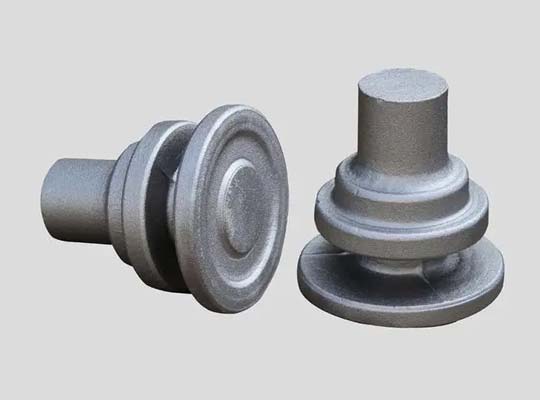- Contact Innally, Let you purchase forgings in China more favorable prices, products more assured!
- Hotline:+(86)15038323776 Email:innally@innally.com
How to check the quality of blank forgings?
- Category: Metal forging, Titanium alloy forging
- |
- Date: 04/11/2023
it is necessary to choose the appropriate detection method according to different material types and processing requirements, and carry out comprehensive analysis and evaluation of the test results. At the same time, in order to ensure the accuracy and reliability of the test results, it is necessary to carry out regular calibration and maintenance of the test instruments and tools.
Product Details
The quality inspection of blank forging mainly includes appearance inspection, size inspection and internal quality inspection.
Appearance inspection: Appearance inspection is mainly carried out by visual inspection and tactile inspection. Visual inspection refers to the inspection of the surface quality of the blank forging, such as whether there are cracks, pores, inclusions and other defects. Tactile inspection means to check the roughness and feel of the forging surface by touching it to determine whether there are defects.
Dimensional inspection: Dimensional inspection includes the measurement of the geometric size, shape and relative position of the blank forgings. Generally, calipers, plug gauges, micrometers and other tools are used for measurement, but also high-precision measuring instruments such as coordinate measuring instruments can be used for accurate measurement.

Internal quality testing: Internal quality testing is through non-destructive testing of blank forgings (such as ultrasonic testing, X-ray testing, magnetic particle testing, etc.) to determine whether there are cracks, pores, shrinkage and other defects inside. For some special materials, such as aluminum alloy, titanium alloy, etc., internal defect detection can also be carried out by eddy current testing and other methods.
Mechanical properties testing: Mechanical properties testing is to test the mechanical properties of blank forgings by experimental means, such as hardness, tensile strength, impact toughness, etc. These indexes are an important basis for evaluating the quality of blank forging, and also an important reference for making processing technology.
In the quality inspection of blank forgings, it is necessary to choose the appropriate detection method according to different material types and processing requirements, and carry out comprehensive analysis and evaluation of the test results. At the same time, in order to ensure the accuracy and reliability of the test results, it is necessary to carry out regular calibration and maintenance of the test instruments and tools.
nannan
INNALLY mainly provides you with various types of cast and forged parts products. Welcome your inquiries! innally@innally.com
Related Products
Search
Forging center
- Steel forgings
- Aluminium alloy forging
- Titanium alloy forging
- Stainless steel forging
- Copper forging
- Automotive forgings
- Locomotive forging
- Bicycle forgings
- Motorcycle forging
- Rigging and fasteners
- Bearing forging
- Electric power fittings
- Marine forging
- Mechanical forgings for metalworking
- Mining machinery forgings
- Marine engineering forgings
- Construction machinery forgings
Popular product

© 2025. All Rights Reserved.






